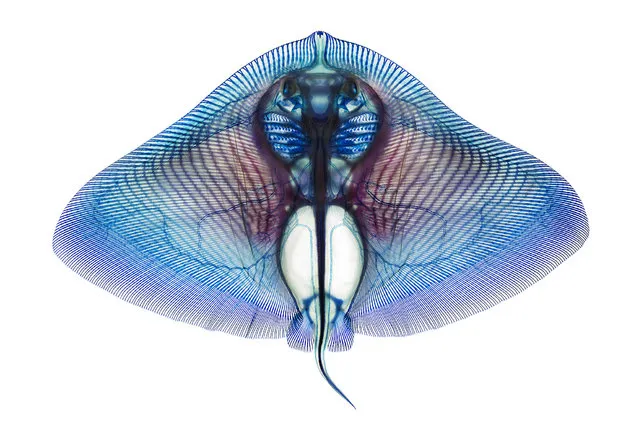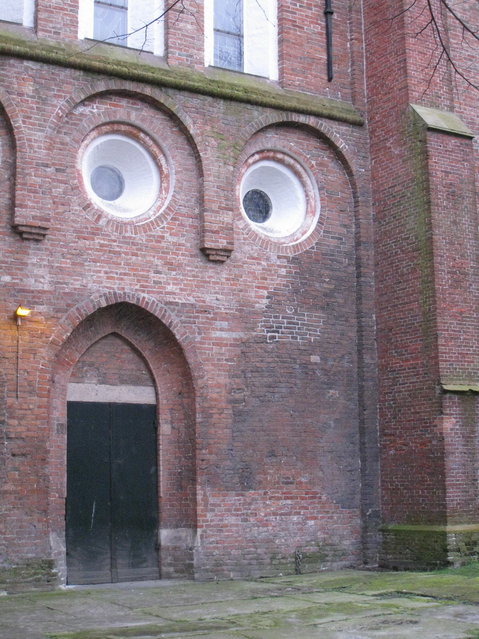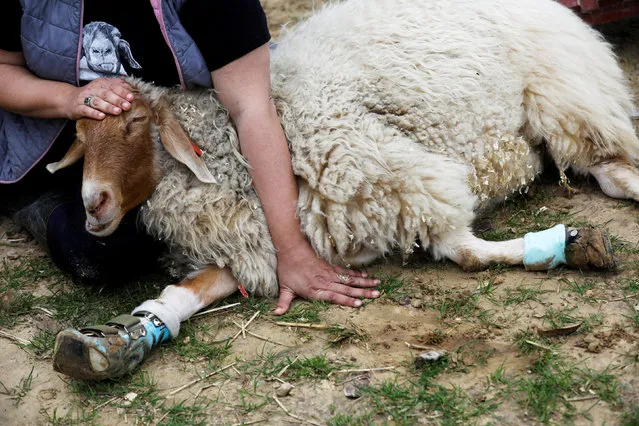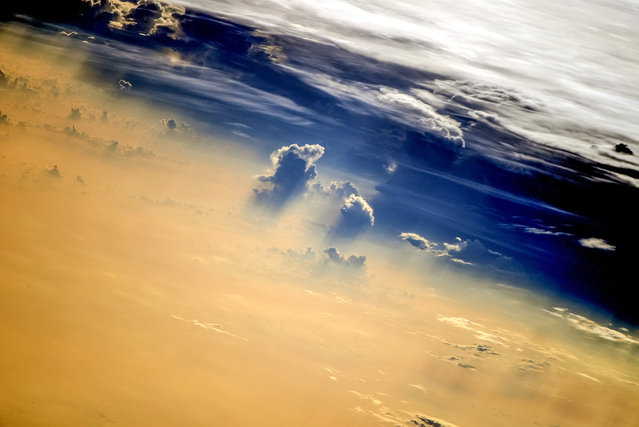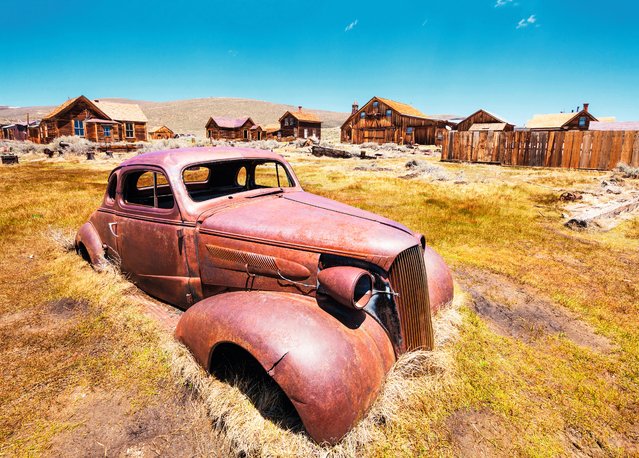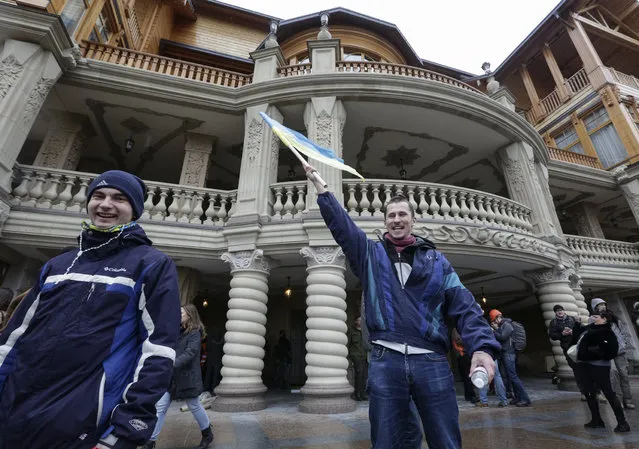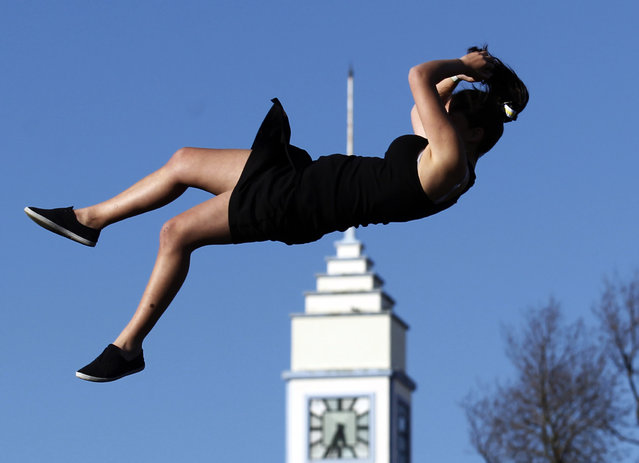
Bendy bombshell Zlata, 27, can use a computer while doing a handstand, deliver a presentation with her head tucked between her legs and bend over backwards to create a table. The stunning German, real name Julia Gunthel, shows her flexibility by creating a different theme for her head-turning calendars each year. (Photo by Zlata Calendar 2013/Caters News Agency)
22 Dec 2013 11:59:00,post received
1 comment

